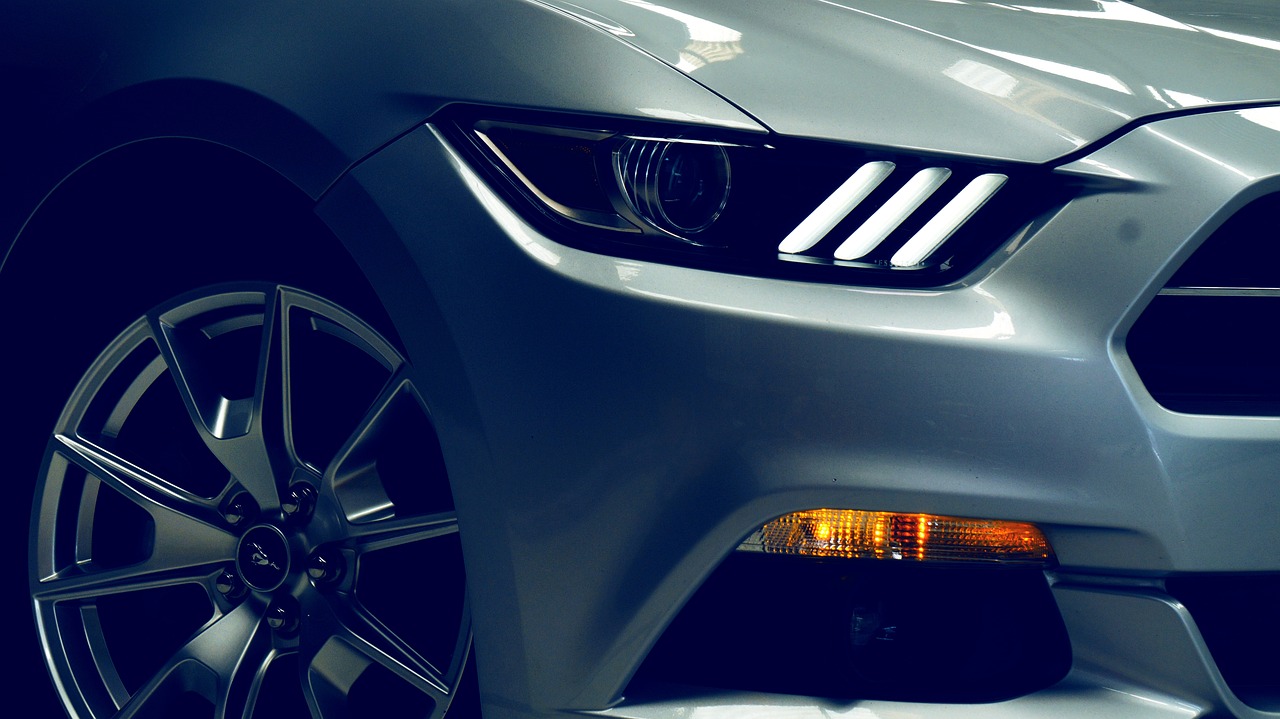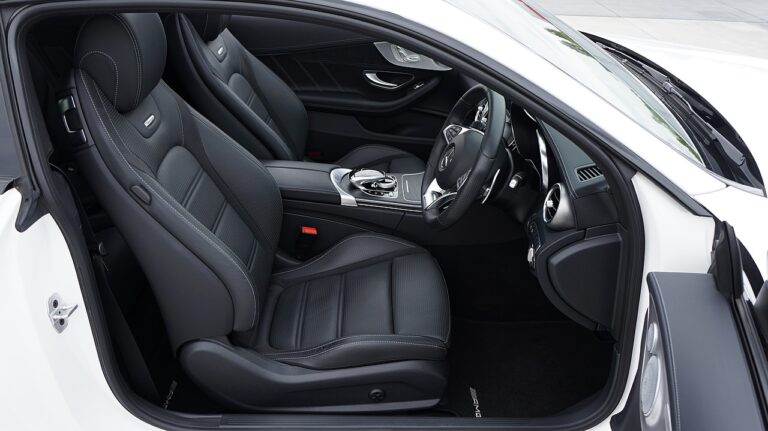The Influence of Cultural Trends on Car Design
In recent years, car design has seen a noticeable shift influenced by changing cultural norms and values. The rise of sustainability and eco-consciousness has led to the integration of sleek, aerodynamic designs that prioritize fuel efficiency and environmental friendliness. Additionally, the increasing focus on technology and connectivity has prompted car manufacturers to incorporate advanced infotainment systems and cutting-edge safety features in their designs.
Moreover, the shift towards urbanization and millennial preferences has driven car designers to create more compact, versatile vehicles suited for city living. The emphasis on minimalist and functional aesthetics is reflected in the clean lines and streamlined silhouettes of modern cars, appealing to a younger generation seeking practicality without compromising style. These cultural shifts demonstrate the evolving landscape of car design, where innovation and adaptability play a crucial role in shaping the future of automotive aesthetics.
Historical Influences on Car Design Trends
Car design trends have always been influenced by historical events and cultural movements. The evolution of car design can be traced back to the early 20th century when the Art Deco movement influenced the sleek and streamlined designs of cars such as the Chrysler Airflow and Bugatti Type 57.
In the post-World War II era, car designs were heavily influenced by the Space Age and futuristic concepts, leading to the development of cars like the Cadillac Eldorado and Chevrolet Bel Air. These designs reflected the optimism and technological advancements of the time, with tailfins, chrome accents, and bold colors becoming popular features in car design trends.
Globalization’s Role in Shaping Car Aesthetics
In today’s interconnected world, globalization plays a significant role in shaping car aesthetics. With designers drawing inspiration from various cultures and styles, cars are becoming more diverse in their appearance. This cultural fusion is evident in the sleek lines of some models, the bold colors of others, and the overall design elements that reflect a blend of different influences.
Furthermore, globalization has also led to the standardization of certain design features across different markets. As car manufacturers strive to appeal to a wide range of consumers, they often incorporate elements that have universal appeal. This can be seen in the rise of compact, efficient designs that cater to urban dwellers worldwide, as well as the incorporation of advanced technology that transcends cultural boundaries.
• With globalization, car aesthetics have become more diverse and culturally influenced
• Designers draw inspiration from various cultures and styles
• Cultural fusion is evident in the sleek lines, bold colors, and overall design elements of cars
• Standardization of design features across different markets due to appeal to wide range of consumers
• Rise of compact, efficient designs for urban dwellers worldwide
• Incorporation of advanced technology that transcends cultural boundaries
How have cultural shifts impacted car design?
Cultural shifts have had a significant impact on car design by influencing trends in aesthetics, functionality, and technology. Different cultures have different preferences and values which are reflected in the design of cars.
Can you give examples of historical influences on car design trends?
Sure, for example, the Art Deco movement of the 1920s and 1930s influenced car designs with its emphasis on geometric shapes and streamlined, aerodynamic forms. The 1950s saw the rise of tailfins on cars, influenced by the Space Age and jet aircraft design.
What role does globalization play in shaping car aesthetics?
Globalization has played a crucial role in shaping car aesthetics by allowing for the exchange of ideas, styles, and technologies across borders. Car designers are now able to draw inspiration from diverse cultures and incorporate a mix of influences into their designs.
How has the concept of beauty in car design evolved over time?
The concept of beauty in car design has evolved over time with changing tastes, technologies, and cultural influences. What was considered beautiful in car design in the past may not necessarily be the same today, as aesthetics continue to evolve.







